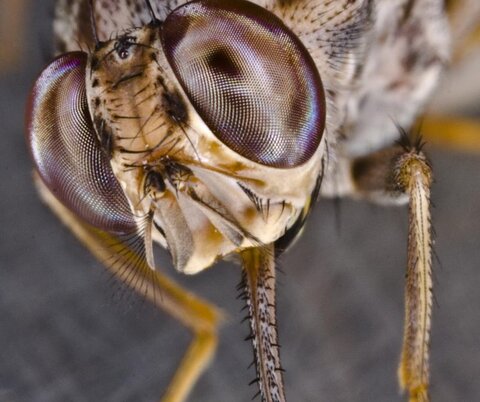Do tsetse have some positive aspects?

No creatures seem to rely exclusively on tsetse apart, of course, from trypanosomes. Tsetse are eaten by a variety of other species, including birds, lizards, ants and predatory wasps. The larvae are also parasitised by a number of insect parasites. None of these, however, seems to rely on tsetse. Thus eliminating tsetse from the environment does not have any detrimental effect for non-target species.
The main environmental concern relating to tsetse control is the change in land-use that can follow the removal of tsetse and trypanosomiasis. In particular there is a concern that agricultural development, and the introduction of large numbers of cattle, can degrade the environment.
This is a complex topic which cannot be answered in a few paragraphs. However, it is worth noting that tsetse control can have beneficial environmental effects as well as detrimental ones. Sometimes for instance, livestock are confined to areas that are naturally free of tsetse, and this can lead to environmental degradation in the tsetse-free zone. Tsetse control can alleviate this effect by allowing livestock to occupy a greater area. On the other hand, uncontrolled stocking of tsetse-cleared areas can also lead to excessively high stocking rates, which in turn can lead to soil erosion and widespread degradation of the environment.
The important point is that tsetse control should be just one component of a local development strategy, where the likely impact of tsetse control on livestock health and productivity is designed to improve the livelihoods of people. This includes not only healthy and productive livestock, but an environment that can sustain the people.